Understanding The Conclave: The Process Of Selecting A New Pope
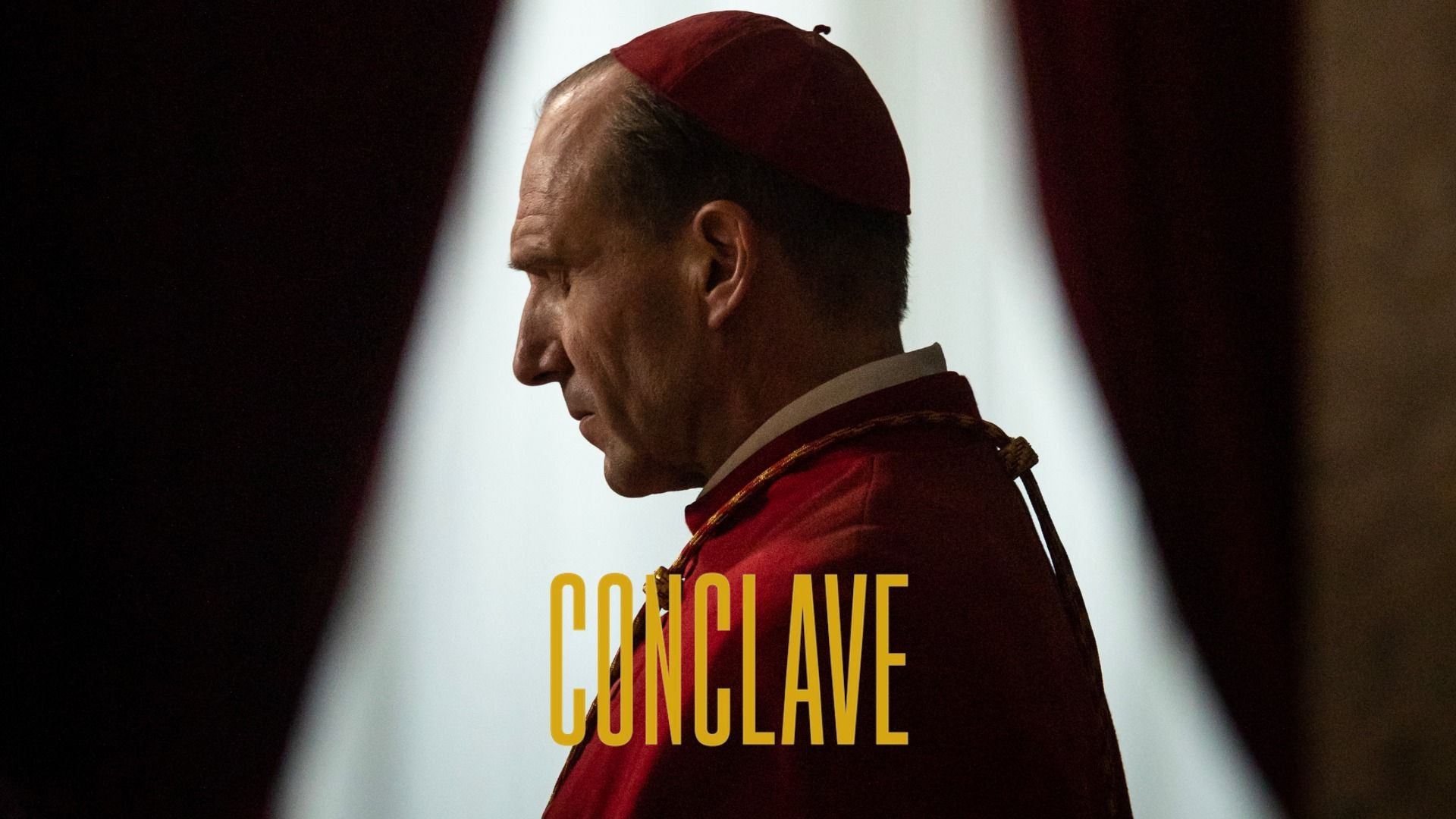
Table of Contents
The Beginning of the Conclave: Death, Resignation, and the Sede Vacante
The period between the death or resignation of a Pope and the election of his successor is known as the sede vacante – the vacancy of the See of Peter. This interim period, while seemingly quiet, is filled with significant preparations for the upcoming Papal Conclave.
- The announcement of the Pope's death or resignation: This is typically a solemn and public announcement, often made from the balcony of St. Peter's Basilica.
- The formal beginning of the sede vacante period: Specific protocols are followed, marking the official commencement of the vacancy and the transition period.
- The role of the Cardinal Camerlengo: This cardinal acts as a kind of interim administrator during the sede vacante, overseeing the Vatican's temporal affairs. He seals the papal apartments and ensures the smooth transition.
- Preparation of the Sistine Chapel for the Conclave: This involves rigorous security measures, logistical arrangements for the cardinals, and the installation of the necessary equipment for voting and communication. The Sistine Chapel undergoes a thorough cleaning and preparation to serve as the venue for this momentous event.
The Cardinals: Eligibility and Participation in the Papal Conclave
Not all cardinals are eligible to participate in the Papal Conclave. Strict rules govern participation, ensuring only those deemed appropriate participate in this crucial election.
- Age limit for voting cardinals: Only cardinals under the age of 80 are eligible to vote in the Conclave. This age limit ensures a balance between experience and the vitality required to lead the Church.
- The role of Cardinal electors: These are the cardinals under 80 who are eligible to participate in the voting process. They hold the responsibility of selecting the next Pope.
- The process of confirming the eligibility of cardinals: A formal process verifies the age and other qualifications of each cardinal before they are allowed to participate in the Conclave.
- The oath of secrecy taken by all participants: All participants, including cardinals, officials, and support staff, take a solemn oath of secrecy. Breaking this oath carries serious consequences, including excommunication.
The Seclusion and the Voting Process of the Papal Conclave
Once the cardinals gather, the Conclave begins with a period of strict seclusion within the Sistine Chapel. This isolation fosters focused deliberation and prayer.
- The "burning of ballots" and counting process: Ballot papers are used, and a meticulously controlled process counts the votes to determine if a two-thirds majority has been reached.
- The requirements for a valid election: A candidate needs a two-thirds majority vote to be elected Pope. If no candidate achieves this majority, further ballots continue until a clear winner emerges.
- The use of the fumata (smoke signal): The color of the smoke emerging from the Sistine Chapel chimney signals the outcome of each ballot. White smoke signifies the election of a new Pope, while black smoke indicates no election has been reached.
- The potential for multiple ballots and prolonged deliberations: The Conclave can last for several days, even weeks, if multiple rounds of voting are required before a consensus is reached.
Understanding the "Fumata": The Smoke Signals of the Conclave
The fumata, the smoke signal, is a captivating aspect of the Conclave, steeped in symbolism and tradition.
- The symbolic meaning of white vs. black smoke: White smoke represents the election of a new Pope, conveying hope and a new era for the Catholic Church. Black smoke signifies the absence of a decision and signifies the continuation of the voting process.
- The historical evolution of this practice: The use of smoke signals began centuries ago, evolving from a simple observation to a precisely controlled process using specialized chemicals to guarantee clear and accurate signals.
- The technological aspects ensuring the accurate color of the smoke: Modern technology plays a crucial role in ensuring the accurate color of the smoke, guaranteeing clarity and preventing any ambiguity.
The Election and Proclamation of the New Pope
The election of the new Pope is followed by a series of events that formally mark the beginning of his papacy.
- The announcement of "Habemus Papam!": The announcement of "We have a Pope!" from the balcony of St. Peter's Basilica is a moment of great jubilation and anticipation for Catholics worldwide.
- The new Pope's first appearance on the balcony of St. Peter's Basilica: The newly elected Pope appears on the balcony to address the faithful gathered in St. Peter's Square and around the world.
- The selection of the papal name: The newly elected Pope chooses a papal name, often inspired by historical figures or saints.
- The beginning of the new papacy: The election marks the formal start of the new Pope's reign and the beginning of a new chapter for the Catholic Church.
Conclusion
The Papal Conclave, a process rich in history and tradition, remains a pivotal moment in the Catholic Church. Understanding the complexities of the Papal Conclave – from the sede vacante period to the final election and proclamation – provides valuable insight into the workings of the Vatican and the selection of its spiritual leader. The secretive nature and weight of the decisions made within the Sistine Chapel ensure its continued fascination and intrigue. Learn more about this significant event by researching further into the history of Papal Conclaves and the lives of past Popes. Deepen your understanding of the Papal Conclave today!

Featured Posts
-
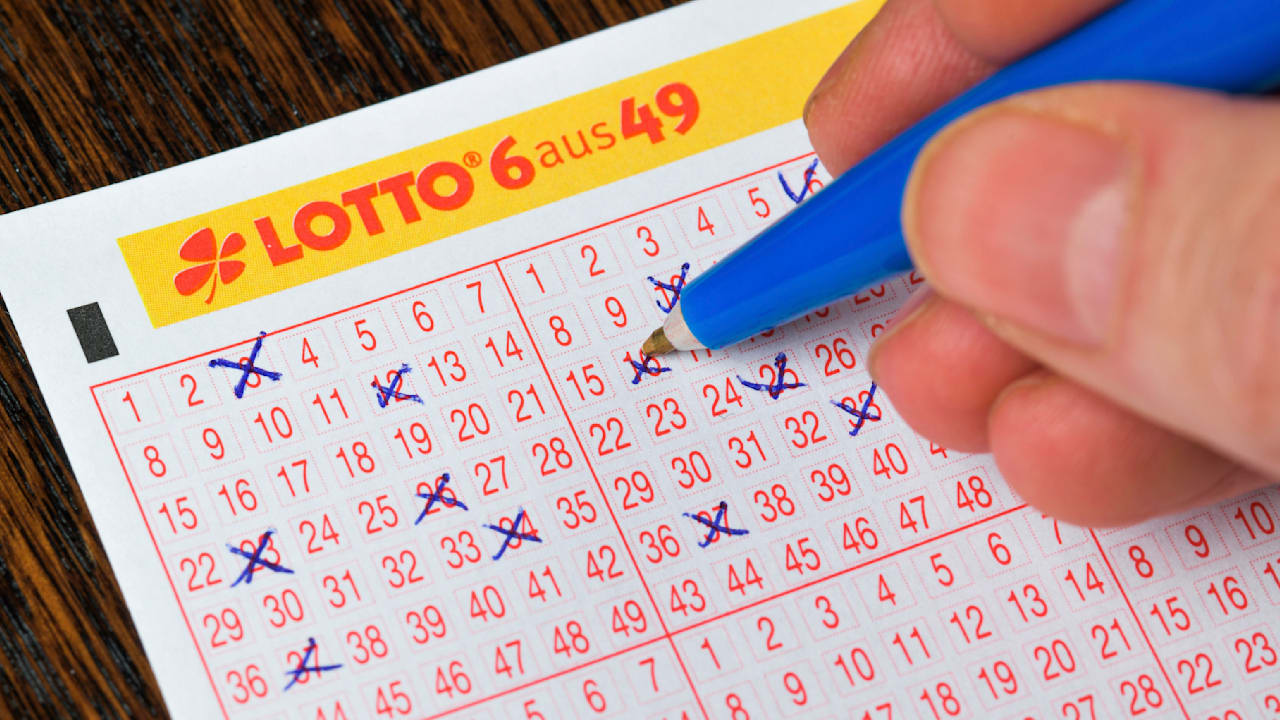 6aus49 Lottozahlen Und Gewinnzahlen Vom 19 April 2025
May 07, 2025
6aus49 Lottozahlen Und Gewinnzahlen Vom 19 April 2025
May 07, 2025 -
 James Gunns Superman Focus On Hawkgirls Wing Detail
May 07, 2025
James Gunns Superman Focus On Hawkgirls Wing Detail
May 07, 2025 -
 Ke Huy Quans The White Lotus Season 3 Cameo Fact Or Fiction
May 07, 2025
Ke Huy Quans The White Lotus Season 3 Cameo Fact Or Fiction
May 07, 2025 -
 Young And Restless Recap Friday March 7 Diane And Kyles Storylines
May 07, 2025
Young And Restless Recap Friday March 7 Diane And Kyles Storylines
May 07, 2025 -
 Simone Biles Y Los Angeles 2028 Dudas Sobre Su Participacion
May 07, 2025
Simone Biles Y Los Angeles 2028 Dudas Sobre Su Participacion
May 07, 2025
Latest Posts
-
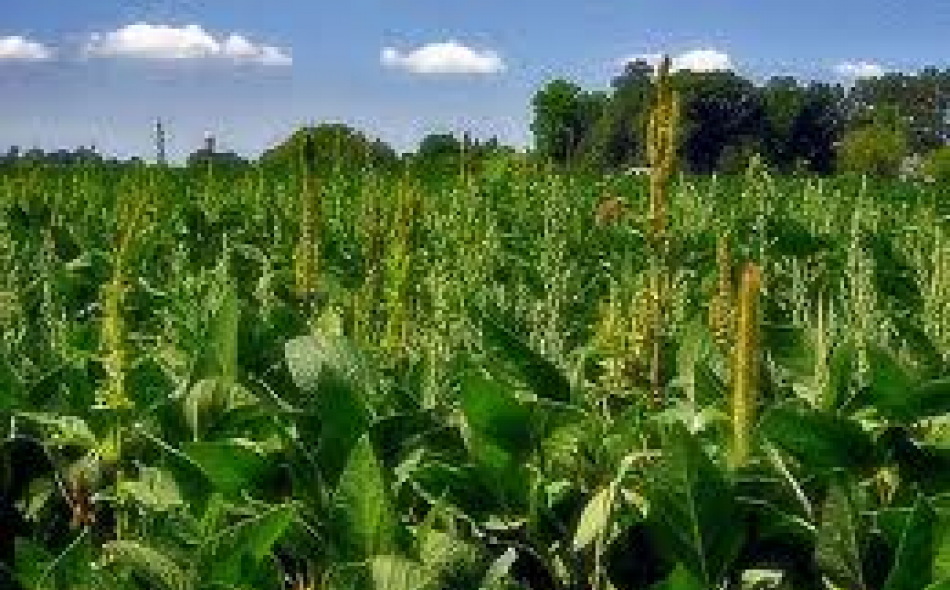 Bitcoin Price Navigating A Critical Juncture And Important Support Resistance
May 08, 2025
Bitcoin Price Navigating A Critical Juncture And Important Support Resistance
May 08, 2025 -
 Is Bitcoin At A Critical Juncture Analyzing Key Price Points
May 08, 2025
Is Bitcoin At A Critical Juncture Analyzing Key Price Points
May 08, 2025 -
 Bitcoin Price Analysis A Critical Juncture And Crucial Levels
May 08, 2025
Bitcoin Price Analysis A Critical Juncture And Crucial Levels
May 08, 2025 -
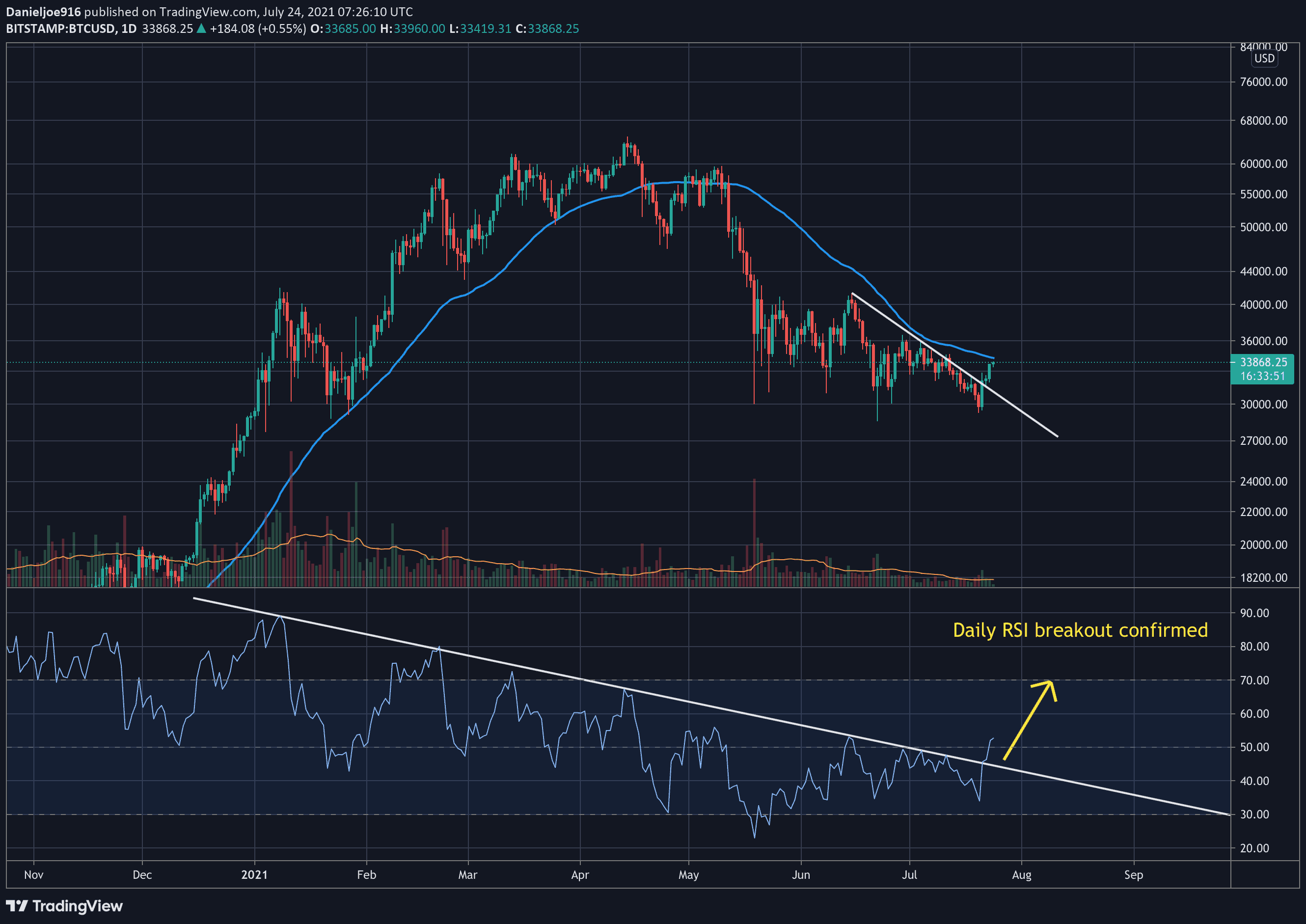 Is A Bitcoin Price Rally Imminent Analysts Chart Suggests So May 6
May 08, 2025
Is A Bitcoin Price Rally Imminent Analysts Chart Suggests So May 6
May 08, 2025 -
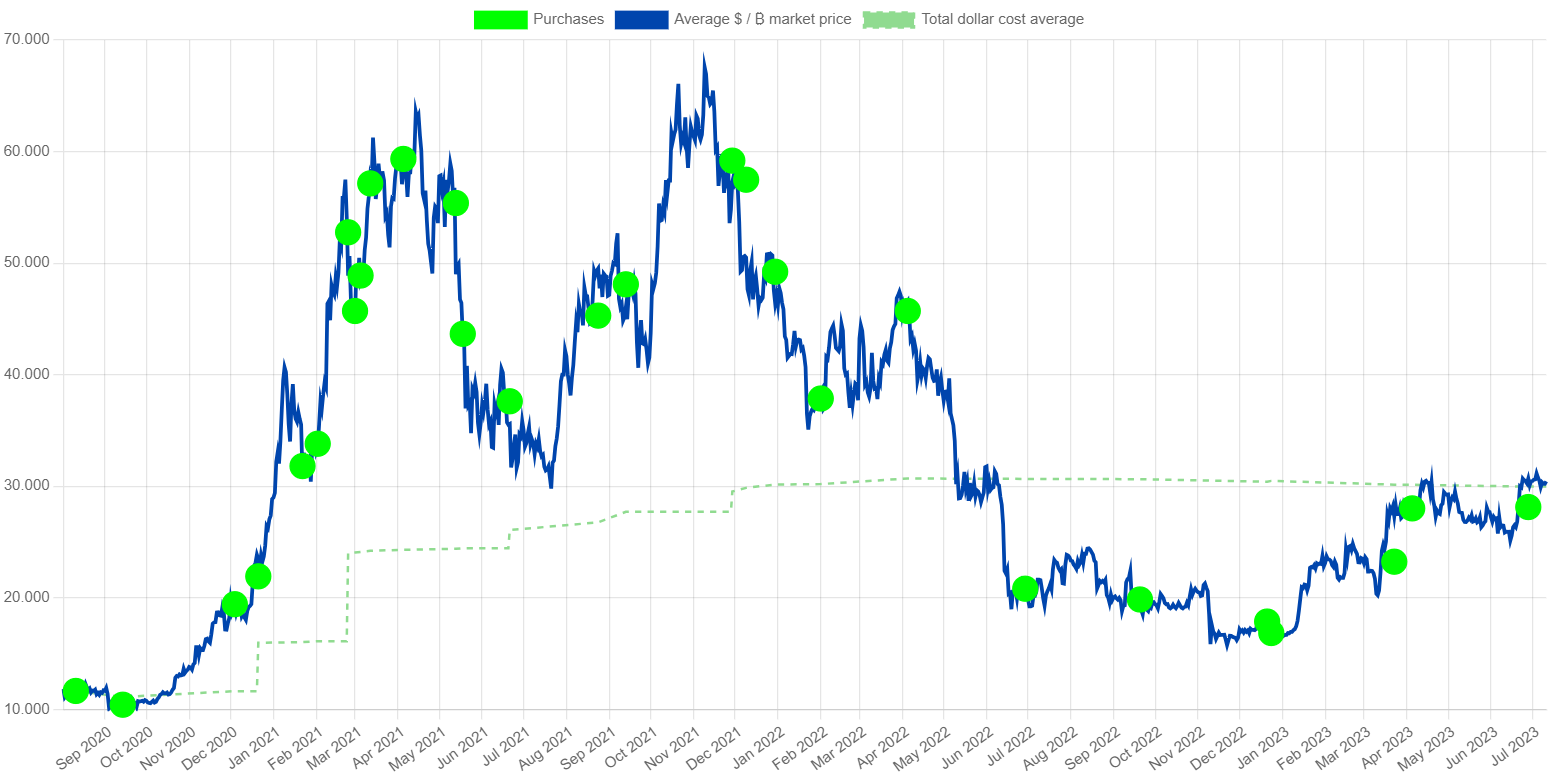 Investing In 2025 Micro Strategy Stock Compared To Bitcoin
May 08, 2025
Investing In 2025 Micro Strategy Stock Compared To Bitcoin
May 08, 2025
